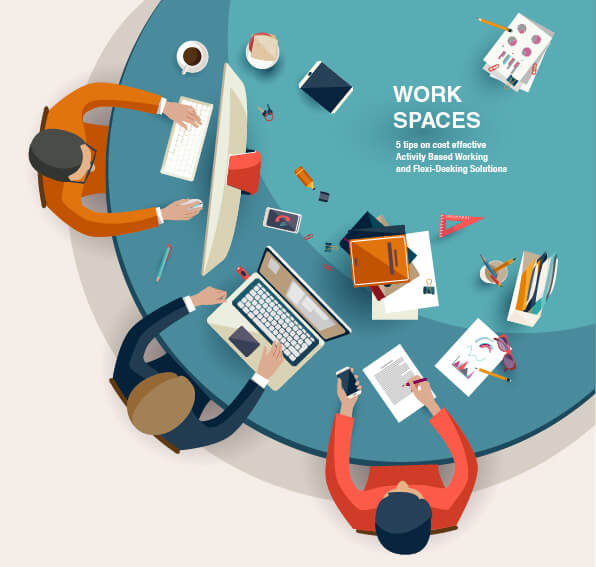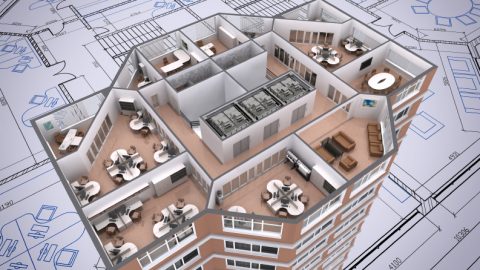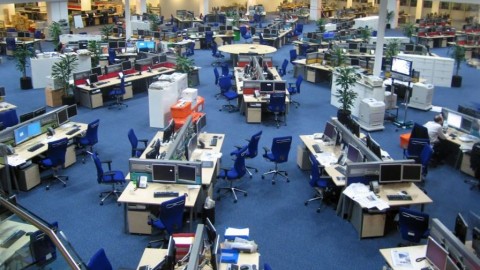5 Tips on cost effective Activity Based Working and Flexi-Desking solutions
Tight budgets coupled with limited tech support come stock-standard with most departments in workplaces today.
We all need to do more with less
C-level and execs are open to new ways to innovate the traditional office environment and transition their workforce towards new modes of working. Aligning with the increasing desire towards flexibility and trending away from cubicles and towards open plan is on everyone’s mind.
Activity Based Working (ABW) and flexi-desking (or hot desking) offer a great way to improve desk utilisation and optimise work spaces while reducing running costs and increasing productivity. However, not many businesses are ready to invest in this culture and workflow change despite obvious benefits.
Many business owners have a solid understanding of the basics of ABW or flexi-desking but lack the practical knowledge to implement their plans. Because of this, a desire to improve staff-to-desk ratios often sees businesses make decisions mean staff quickly lose confidence in the solutions due to the rough ride throughout the transition period.
With this in mind, we will be publishing 5 practical steps to take in transitioning towards ABW over the coming weeks.
Tip #1 – Know your space
To implement ABW, you must be in tune with your work spaces.
As with any major project or cultural workplace change, it’s easier to break things down into smaller steps for staff acceptance and stakeholder buy-in. Other teams, departments and managers are interested but not usually ready to commit or don’t want to be the guinea pigs of the office. Most organisations believe ABW or Flexi-desking requires entire organisational buy-in or a wide array of stakeholders for a solution to take effect but this is quite the myth and it is much more common practice for leaders to allow a sample trial in favor of such major production and financial benefits.
Where to start?
Perform a quick analysis of your space or contact someone who knows the most about your workplace to answer some of the following questions:
What teams / departments does your organisation have?
(Directors, Tech Support, Legal, Comms, Customer Support… )
Where are the teams / departments located?
(Do you know the allocated spaces for each team on your floorplan? Which seats or space does each team use – remembering that some desks might be allocated for contractors or other non-permanent staff)
Who are the people that make up the space?
(Who’s responsible for the space? How many staff in each space? Is the department broken down into teams? Record who’s included in these teams and find out if there are business processes that impact on how they use their space – for example, in the call centre one team might take the calls, another might handle correspondence and a third might handle mail)
How many of the desks in the team are locked down?
(This is usually because of a health case, unique software on the workstation or geographical proximity to a filing cabinet, secure location and so on)
A good understanding of your space is key to implementing your solution as you progress.
Next week – Tip #2 – Finding your solution
To get more tips and advice on managing your workspace, subscribe to our newsletter











